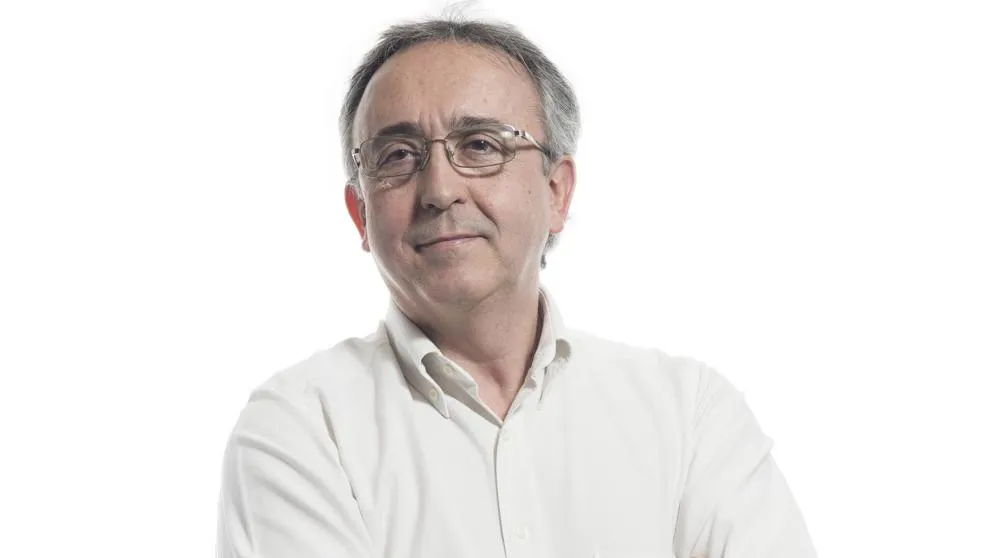The IRB researcher explains the keys of the mechanism that stars this year's Nobel Prize in Medicine.
Antonio Zorzano investigates diabetes and obesity in the Institut de Recerca Biomèdica de Barcelona (IRB) (Gianluca Battista / IRB)
This year's Nobel Prize in Medicine has been awarded to Yoshinori Ohsumi, the Japanese biologist who discovered how autophagy works, the process used by cells to clean and recycle their own components.
This cellular cleaning machinery is among the multiple research areas of the group led by Antonio Zorzano, Professor of Biochemistry and Molecular Biology at the University of Barcelona (UB) and member of the Institut de Recerca Biomèdica de Barcelona (IRB).
Zorzano, with whom Big Vang has been able to talk on the phone, has been investigating the basis of obesity and type 2 diabetes for more than twenty years.
What is autophagy?
It is a process that all cells have, from those of yeast to human, which renews all cell machinery.It is a perfect recycling system: everything that is damaged or does not work one hundred percent, that is, it is regenerated in basic molecules with which new components can be synthesized again.
How does it work?
It is a system that recognizes the organelles of the cell that does not work.The defective parts are covered by a double membrane that forms a gallbladder called autophagosome.Next, this gallbladder merges with a lysosome, an organelle that contains an arsenal of enzymes that are able to degrade organic molecules in more basic components, such as amino acids or monosaccharides.
Why is this process important?
It is absolutely essential for a cell to work well.For example, it is necessary for muscle cells to contract or so that those of the pancreas secrete insulin.Cells need autophagy to degrade poor parts and regenerate losses.
What happens when autophagy does not work?
If that happens, the cell simply dies.In the multicellular world, in people and animals, when autophagy is altered, diseases can occur.The enormous importance of autophagy today is due to the fact that it is associated with the great pathologies that affect us as a species: type 2 diabetes, obesity, cancer or neurodegenerative diseases such as Parkinson's.
What is expected of research on autophagy?
We hope to find treatments against these diseases.In fact, the main pharmaceutical companies have initiated projects to find compounds that can modulate the activity of autophagy.
What is the story of your discovery?
The first studies are from the sixties or even previous.But until the 1990s, knowledge on the subject was very little precise.Ohsumi's research allowed to identify the components of the mechanism in a very simple cell such as yeast.And it turned out that these genes discovered in yeast are also humans.How lucky!What Ohsumi did was mapping the autophagy genes both in washing and humans.
What led you to investigate autophagy?
In my case the results led me to it.In our group we investigate why obesity and type 2 diabetes appear, why some people are more susceptible than others.A few years ago we clone a human gene that is deregulated in the muscles of diabetic patients, and that turned out to be a genus of autophagy.For ten years we are investigating how this gene participates in the metabolism of the cells.


